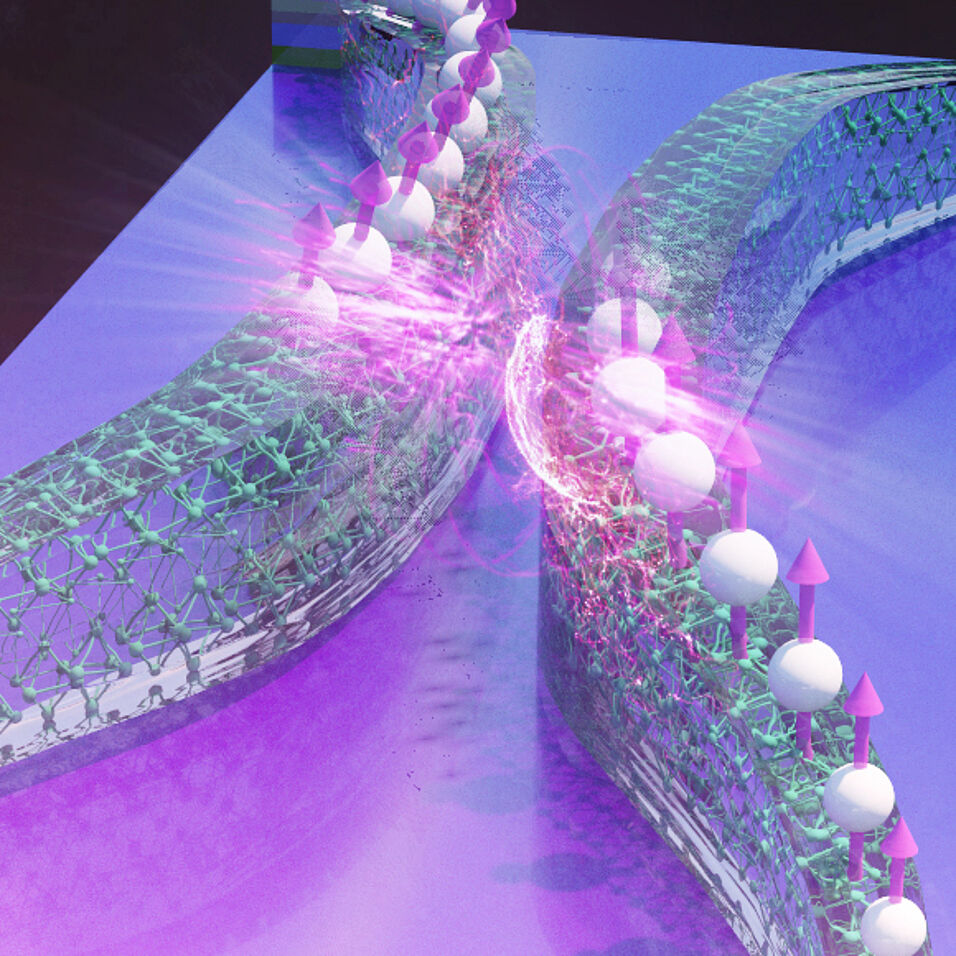Magnons are quanta of spin waves – think of them as ripples on the surface of a pond after throwing in a rock, but in this case, the waves are formed by distortions in the magnetic order of a solid material on the quantum level. The researcher developed an integrated circuit using magnetic material and magnons to transmit binary data, the 1s and 0s that form the foundation of today’s computers and smartphones. The nanocircuit components measure less than one micrometer, far thinner than a human hair, and hardly visible even under a microscope. The circuit comprises of three nanowires only, which are made of a magnetic material called yttrium iron garnet, and replaces hundreds of components and 14 transistors in regular CMOS computers. The wires are positioned precisely in relationship to each other to create two “directional couplers,” which guide magnons through the wires and process information using fancy nonlinear magnon physics.
The prototype is the culmination of four years of efforts funded through Andrii Chumak’s European Research Council (ERC) Starting Grant “MagnonCircuits”. “We see now that magnonics circuits can be as good as CMOS, but this is probably not yet enough if you want to trigger industry”, says Chumak, “but this circuit opens up fantastic opportunities beyond binary data, for example to quantum magnonic computing at very low temperatures.”
You can read the full press release:
in ENGLISH
in DEUTSCH
Moreover, you can find a personal account of the "behid the scenes" of the paper in this POST by Andrii in Nature Electronics.
- A magnonic directional coupler for integrated magnonic half-adders
Q. Wang, M. Kewenig, M. Schneider, R. Verba, F. Kohl, B. Heinz, M. Geilen, M. Mohseni, B. Lägel, F. Ciubotaru, C. Adelmann, C. Dubs, S. D. Cotofana, O. V. Dobrovolskiy, T. Brächer, P. Pirro, and A. V. Chumak
Nat Electron (2020)
We have also published a YouTube video in our channel, where Andrii discusses the research behind this paper.

